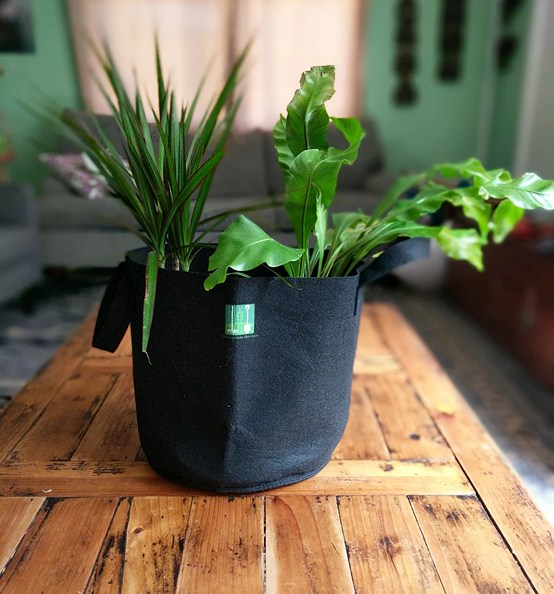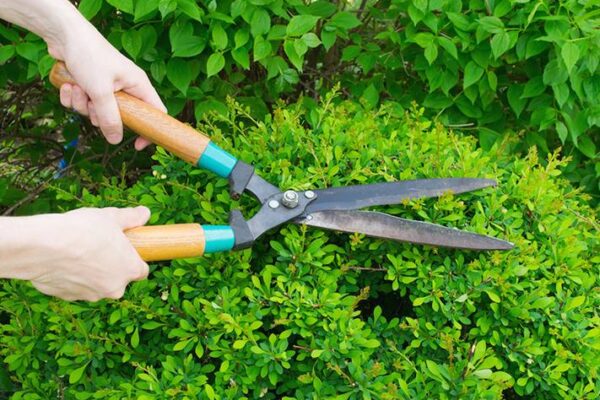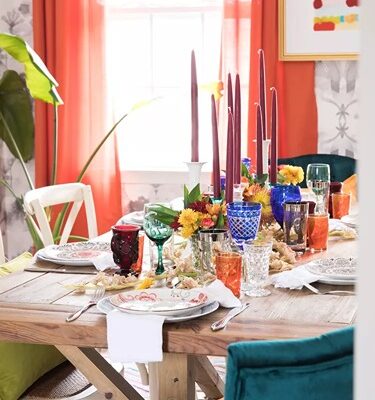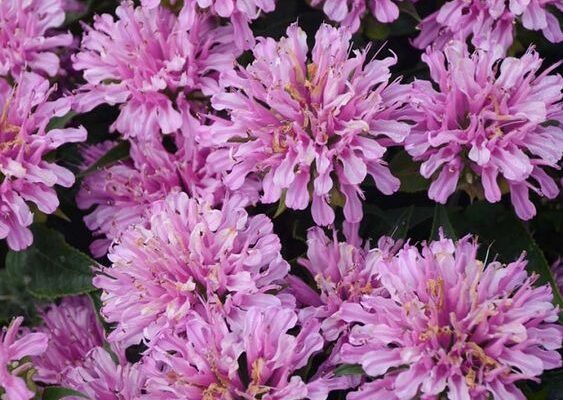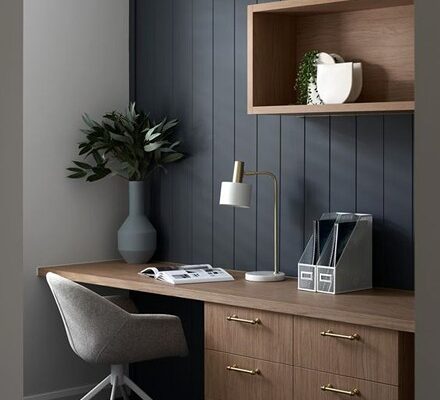Gardening Containers for Plant Growth
Choosing the right gardening containers can help you create a beautiful and productive garden, even in small spaces. When deciding on a suitable container for your garden, it’s important to take into account the depth of the container. This is because different plants have varying root depths and require different container depths to grow optimally.
For instance, deep-rooted plants such as tomatoes or carrots need tall containers to allow for their roots to penetrate deeper into the soil. On the other hand, shallow-rooted plants such as herbs and lettuce can grow well in smaller containers that don’t need to be as deep.
Furthermore, it’s crucial to ensure that the container you choose has proper drainage to prevent waterlogging, which can be detrimental to plant growth. This can be done by purchasing pots with drainage holes or by creating your own holes in the bottom of the container if necessary. Adequate drainage will allow excess water to drain away from the soil and prevent roots from sitting in water, which can lead to root rot and other issues.
By considering the depth of your container and ensuring proper drainage, you can create an ideal environment for your plants to thrive. If you’re short on space, gardening containers offer a flexible and portable way to grow plants indoors or outdoors.
Planters can enhance the beauty of a space by adding color, texture, and dimension. They allow for creative expression and can be used to complement the surrounding decor or to make a statement on their own. Gardening containers come in a wide variety of shapes, sizes, and materials to suit every gardening need. Here are some of them:
1. Glazed Ceramic Pots
Glazed ceramic pots, commonly used for planting houseplants, are known for their aesthetic appeal. These pots are usually smaller in size and can be an excellent choice for indoor gardening. One of the advantages of using glazed ceramic pots is their ability to retain moisture in the soil, which can be helpful for plants that require consistent soil moisture.
It’s important to note, however, that glazed ceramic pots can be fragile and susceptible to cracking or breaking, particularly when exposed to sudden temperature changes. Therefore, it’s recommended to reserve these special containers for indoor gardening or for placement in a sheltered area where they won’t be exposed to extreme temperature fluctuations.
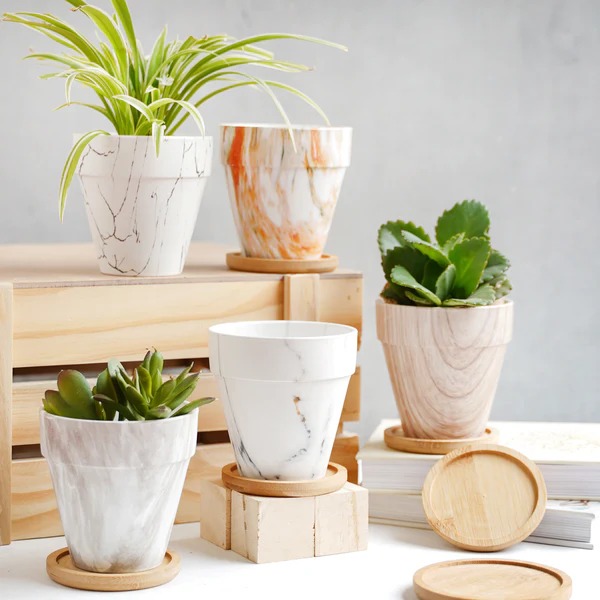
2. Recycle containers
Recycle gardening containers is a fun and creative way to add unique touches to your outdoor space. DIY enthusiasts have successfully used a variety of materials to create container gardens, such as egg cartons, wooden crates, milk jugs, old pots or cans, broken crockery, boots, and more.
However, when choosing recycled gardening containers, it is important to consider the materials used and ensure that there is adequate drainage. For example, containers made from non-porous materials such as metal or plastic may require additional drainage holes to prevent water from pooling at the bottom and causing root rot.
Additionally, some materials may not be suitable for growing certain types of plants. For example, containers made from porous materials such as clay or terracotta are ideal for drought-tolerant plants, but may not retain enough moisture for plants that require more water.
One advantage of using repurposed containers is that they are often affordable and can add a unique aesthetic to your garden. However, it is important to inspect the container for any sharp edges or potential hazards that could harm your plants or yourself.
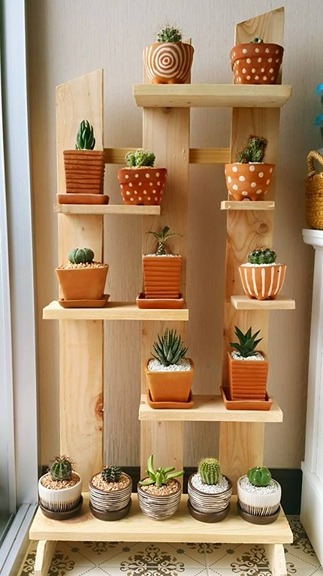
3. Concrete or stone Containers
Concrete or stone pots are extremely robust and heavy, making them an ideal choice for use as permanent fixtures in gardens. They are particularly useful in windy areas, as they offer stability and help to keep plants secure. However, it’s worth noting that their weight can make them impractical for balcony or rooftop gardens, particularly when filled with soil.
One of the potential drawbacks of using concrete or stone pots is that they tend to be porous, which means they can absorb moisture from the soil, leading to the need for more frequent watering. While this can be beneficial for plants that require consistently moist soil, it’s important to monitor soil moisture levels and water accordingly to prevent overwatering, which can lead to root rot and other issues.
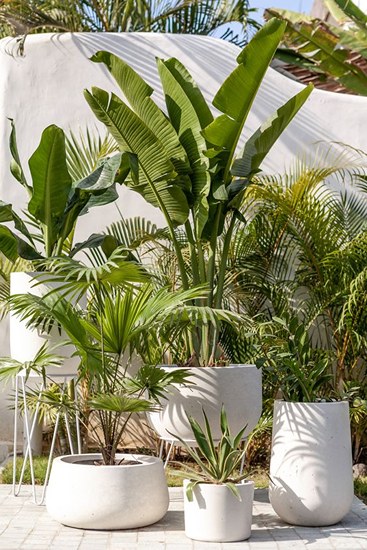
4. Clay or Terra cotta Pots
Terra cotta pots, made from clay, are a popular choice among gardeners due to their appealing appearance and affordability. One of the benefits of using these pots is their porous nature, which permits the passage of air to the roots of plants, helping to keep them healthy. However, this can also lead to faster moisture evaporation from the soil, meaning that plants may require more frequent watering.
Clay pots are particularly suitable for plants that are drought-tolerant as the soil tends to dry out more quickly than in non-porous containers. It’s worth noting that clay pots can be fragile and susceptible to breakage, but they can also be replaced inexpensively if necessary.
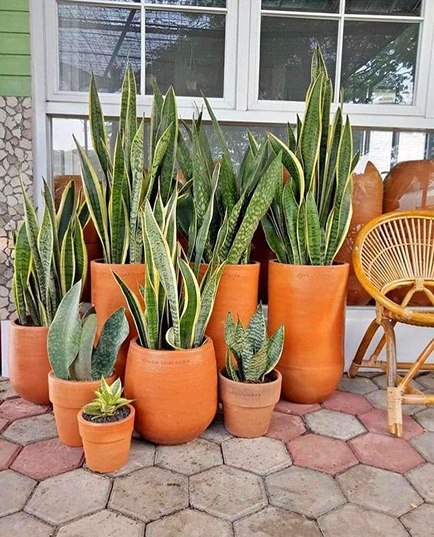
5.Glass Vases
Growing plants in glass vases is a new trend that has become quite popular. The beauty of seeing the roots or bulbs of plants grow and spread is very appealing to many people. To ensure the survival of plants, they require three things, namely water, oxygen, and nutrients.
Since the glass vases don’t have soil, the oxygen and nutrients can be delivered to the plants through water beads or pebbles. It’s important to note that using rainwater or well water is better than tap water, which is often stripped of essential nutrients.
Glass containers have a versatile use in terms of decorations. They are not just suitable for being used as planters or vases for holding flowers and plants, but also for creating beautiful lanterns or for decorating tables. These containers can be filled with decorative materials and granules to create stunning centerpieces that can add a touch of elegance and sophistication to any event or occasion.
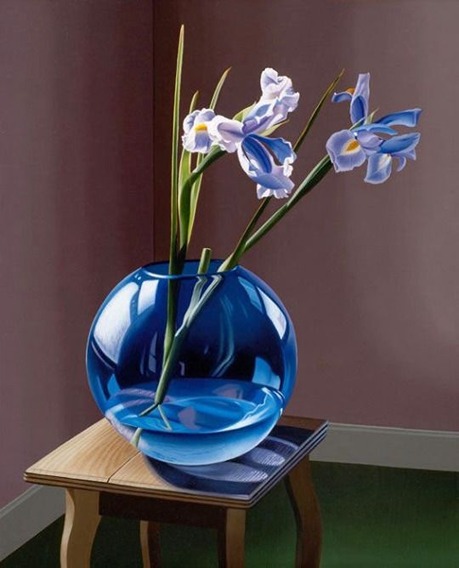
6. Hypertufa pots
Hypertufa pots are made from a mixture of materials, with Portland cement serving as the primary ingredient. The resulting molded material has a similar appearance to concrete or rock but is much lighter and more porous. This makes it an excellent choice for those who want the look and feel of stone or concrete but without the weight or density.
One of the unique features of hypertufa is that it can be molded into a variety of shapes and sizes, allowing gardeners to create truly unique containers that reflect their personal style. Additionally, hypertufa pots can be made relatively easily at home, making them an accessible DIY project for those who enjoy crafting.
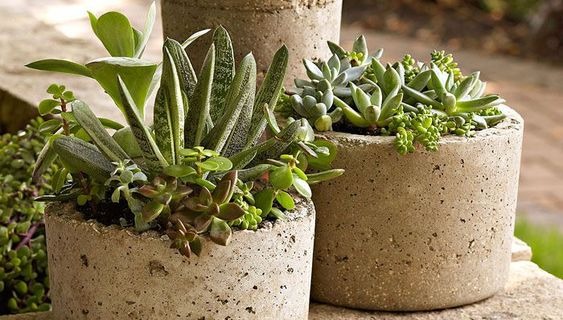
7. Plastic or resin pots
Plastic or resin pots are lightweight and designed to be weather-resistant, making them a popular choice for gardeners who want a container that can withstand the elements. These pots come in a variety of styles, including ones that mimic the appearance of glazed pots, terra cotta, and other materials, making them a versatile option for a range of garden designs.
One of the advantages of using plastic or resin pots is their ability to retain water, which can be beneficial for plants that require consistent moisture in the soil. Additionally, they can withstand temperature changes, making them a reliable choice for gardens that experience fluctuations in weather.
However, it’s worth noting that plastic or resin pots can tip over easily in windy spots, which can be problematic for plants and lead to damage or uprooting. As such, it’s important to place these containers in areas that are sheltered from strong winds or to secure them using weights or other stabilizing methods.
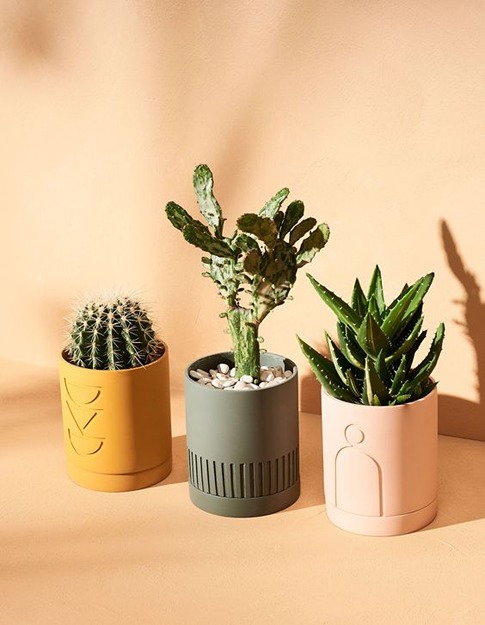
8. Lined hanging baskets
Lined hanging baskets typically consist of a metal-framed base that is lined with coco fiber or sphagnum moss. These containers are particularly well-suited for trailing flowers and decorative vines, and can create an eye-catching display in a variety of settings.
One of the advantages of using lined hanging baskets is their aesthetic appeal, which can add a unique and naturalistic touch to outdoor spaces. Additionally, the coco fiber or sphagnum moss lining helps to provide good drainage and allows for air to circulate around the plant roots, promoting healthy growth.
However, it’s important to note that lined hanging baskets may require periodic replacement, as the fiber can break down over time and compromise the structural integrity of the container. Additionally, lining the basket with plastic can help prevent the soil from drying out too quickly, but it’s important to ensure that adequate drainage is still provided to prevent overwatering.
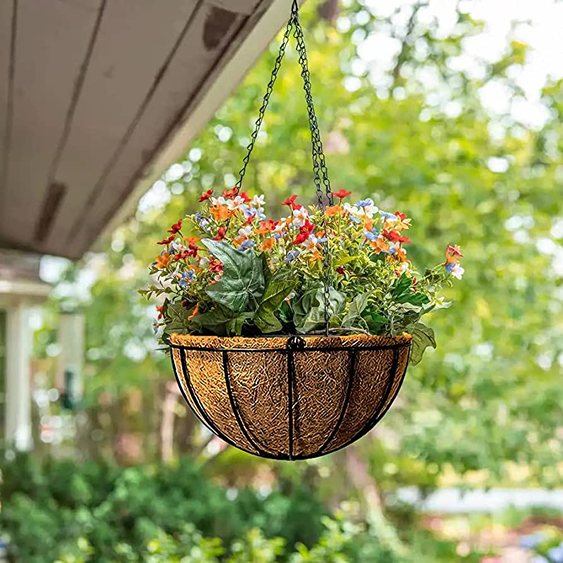
9. Metal Container
Metal container are a popular option for raised beds and container gardening. These containers can be made from a variety of metals, including sheet metal, galvanized steel, and cast iron. Metal pots have a number of advantages, including being lightweight and portable in the case of sheet metal containers, or heavy and permanent in the case of cast iron containers.
One of the benefits of metal pots is their durability, as they do not break down with temperature changes. However, rust can be a concern with some metals, particularly if they are not coated or treated to resist corrosion.
One potential issue with metal pots is that they can heat up quickly in the heat of summer, which can dry out the soil and damage plant roots. Lining the container can help insulate the roots and prevent excessive heat buildup, which can help maintain healthy plant growth. Additionally, adding a layer of mulch on top of the soil can help retain moisture and keep the soil cooler during hot weather.
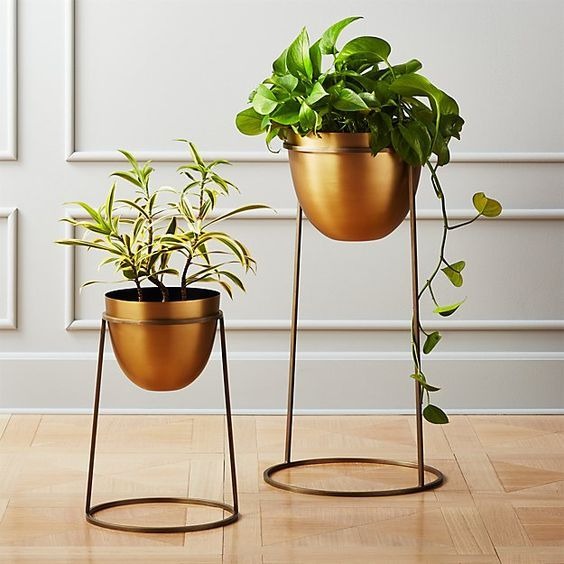
10. Wood Planter
Wooden barrels and window boxes are a popular choice for gardeners due to their attractive appearance and temperature resistance. These containers can add a rustic or naturalistic touch to outdoor spaces and are well-suited for a wide range of plants.
One of the potential drawbacks of wooden containers is that they are prone to rotting over time, particularly if they are exposed to moisture or damp conditions. To prolong the lifespan of wooden containers, it may be necessary to periodically recoat the finish or replace them altogether.
Despite this, wooden containers remain a popular choice for gardeners due to their versatility and aesthetic appeal. They can be used to create a range of different looks, from rustic and natural to sleek and modern, and are available in a variety of sizes and shapes to suit different plant types and growing conditions.
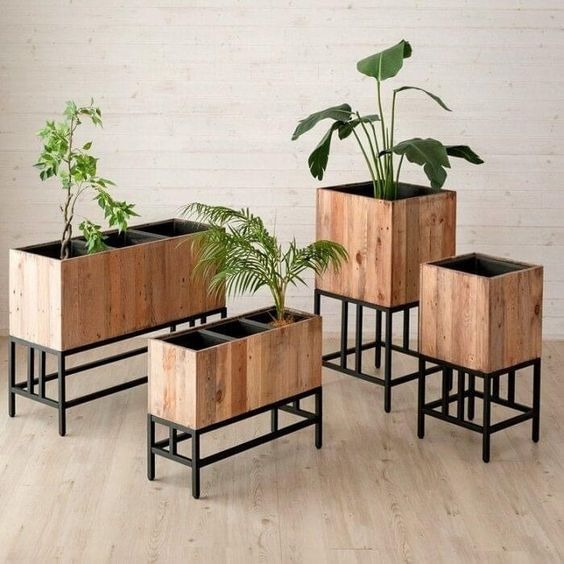
11. Grow bags and fabric pots
Grow bags and fabric pots have become increasingly popular among gardeners due to their affordability and convenience. These containers are lightweight and easy to store during the off-season, making them a popular choice for many.
When choosing a grow bag or fabric pot, it is important to look for a breathable fabric that can hold up to water and weather. A good quality fabric will allow for adequate airflow around the roots, which can help plants to thrive.
One of the advantages of using grow bags and fabric pots is that they can help to prevent root circling, which can occur in traditional plastic containers. This can improve plant growth and yield, as well as make it easier to transplant the plant into the ground if desired.
Additionally, grow bags and fabric pots are an eco-friendly choice, as they can be reused for multiple growing seasons and are often made from recycled materials.
